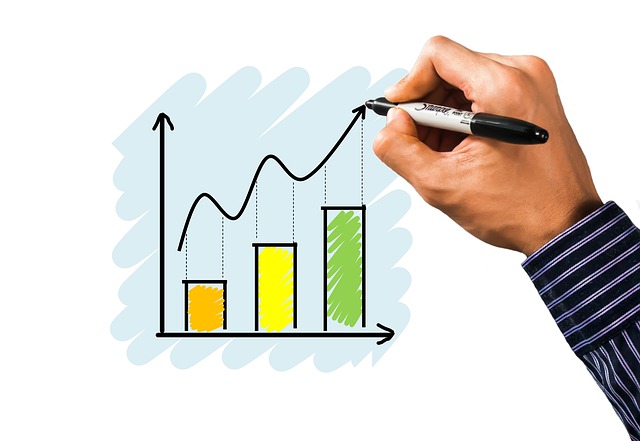Brands are increasingly relying on data to inform their decisions. Data is used to assist customers to understand and creating personalized experiences, so it’s no wonder companies want to use it for everything they do. NetbaseQuid is a tool that helps brands analyze and visualize big data. It collects data from the web and social media and turns it into meaningful insights for brands.
NetbaseQuid is a comprehensive set of analytic tools that allow for deep analysis and understanding of the customer base. With NetbaseQuid, you can find out when your customers feel happiest, when they post most frequently, or which websites they visit. You can even see what type of content grabs their attention the best! This article discusses emerging trends in data analytics for brands, the tools that businesses should be using to understand them better, and how they help companies achieve a unique advantage over their competitors.
- Big data is the next frontier
Big data involves extremely large and complex datasets that can computationally analyzed to identify the trends, patterns and associations, particularly relating to human behavior and interactions. By 2022 it was estimated that there would be 40 zettabytes of data in existence. This vast amount of information is an invaluable tool for identifying new business opportunities and providing highly personalized services or products. Some experts have predicted that we will reach human-level AI by 2025, if not sooner. We are already seeing this first hand with chatbots being integrated into various platforms.
- Machine Learning & Artificial Intelligence (AI)
Machine learning and artificial intelligence are emerging trends in data analytics for brands. More and more companies are turning to machine learning algorithms and artificial intelligence systems that collect data, learn, and make accurate predictions about consumer preferences, interests, needs, etc. To begin making stronger connections between brand and commerce, many leading online retailers integrate technologies like machine learning and artificial intelligence to establish smarter shopping experiences. They’re able to predict customer interest, provide relevant recommendations based on past purchases, and make customized offers and promotions. Companies like Google Cloud, Amazon Web Services, IBM Watson, and others offer cloud-based solutions that enable fast deployment and scalability to support a massive volume of transactions.
- The internet of things
The Internet of Things is among the leading emerging trends for brands that have been steadily growing since its inception. Still, recent developments such as smartwatches, connected vehicles, and autonomous drones are bringing it one step closer to the mainstream consumer market. According to Gartner, the worldwide number of IoT devices will surpass 25 billion in 2022 and 600 million units in 2025. As more consumers adopt these connected products, the internet of things provides companies new channels to capture, measure, and optimize data through sensors, cameras, etc.
As these devices become smarter, they’ll also be able to collect and transmit much richer types of data – location, time, duration, flow/volume, temperature, and humidity, to name a few. They allow manufacturers to discover patterns in data collection and gain valuable insights into their product’s performance and user experience. Although the internet of things doesn’t directly affect consumer experience, it does provide a great opportunity to improve service quality and enhance the overall shopping experience.
- Mobile Commerce
Mobile commerce is yet another big data analytic for brands, which has seen explosive growth over the last 10 years. Forrester Research estimates global mobile e-commerce sales could reach $1 trillion by 2020, up from approximately $270 billion last year. It’s no secret why most shoppers choose to shop via mobile: convenience, cost savings, ease of use, etc. Brands who incorporate smartphones and tablets into their digital marketing strategies allow customers to complete desired tasks at any point easily, whether they want to check out a specific item, purchase the latest product releases, research competitors pricing, find contact information for company representatives, read reviews before purchasing, etc. When done right, mobile marketing gives businesses an advantage over the competition. Mobile users tend to trust reviews or ratings by other mobile users more than those provided by third-party websites.
In conclusion, we see four primary emerging trends driving today’s rapid growth in consumer data analytics for brands. But don’t worry; the biggest brands have already started using this technology to identify opportunities to deliver better experiences across all touchpoints.
Read more interesting articles at The Magazine Times

